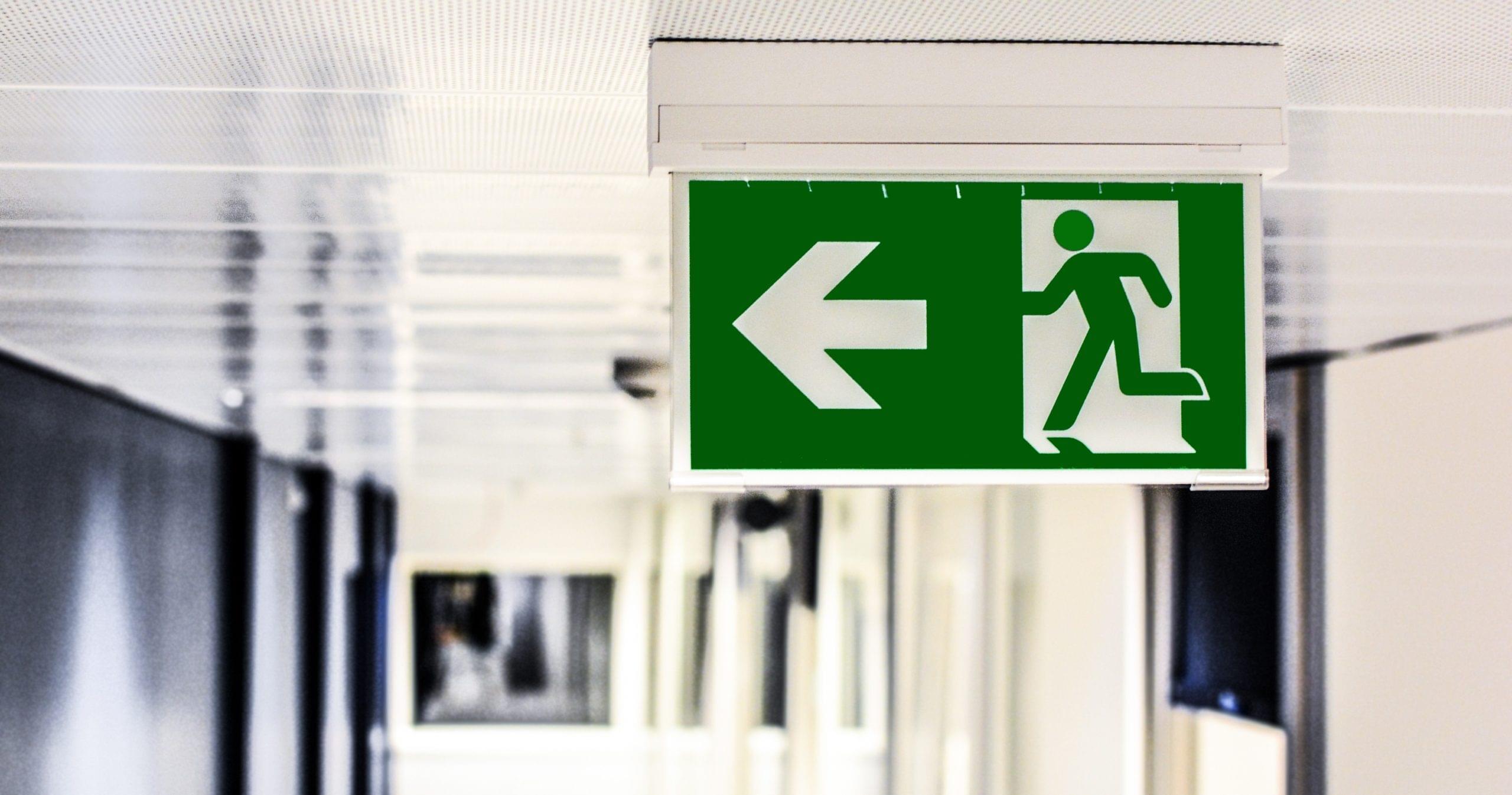Occupational health and safety rethought

New technologies, new health risks
In Germany, around 15 million jobs are directly or indirectly related to the manufacturing sector. Digitalisation is changing industrial manufacturing processes in a way that technical systems bring the work between man and machine closer together. Various technologies are also shaping occupational safety: robots that work hand in hand with human colleagues. Data glasses that enable employees to work in a new environment with the help of augmented reality. Or smart workplaces in which processes such as energy, water or air supply are monitored and controlled automatically and centrally. These and other changes will inevitably also have to be addressed by Occupational Health and Safety 4.0.
What effects do digitalization and networking have on accident prevention and health protection? With the implementation of the new technology, new hazards and accident risks arise. For example, robotics and assistance systems are designed to support and assist employees. However, they can also overburden people and lull them into a false sense of security. If, for example, the production employee relies too much on the machine during a collaboration between him and the robot, this can lead to cuts or other damage due to injury-endangering surfaces.
Technology-related questions on prevention considerations thus come to the center of attention. An important part of the considerations is data security, because data is known to be the source of smart production. A further point is connected to this: the risk and hazard assessment of self-organizing production plants. The question arises: Which concepts can provide reliable results for such an assessment?
According to the German statutory accident insurance (DGUV), certain aspects must be included in prevention work. Hazard prevention already begins in the area of machine development. Prevention experts accompany the technical development so that working conditions can be assessed holistically and with foresight. The assessment criteria for this may have to be redefined.
New technologies, new health risks
In Germany, around 15 million jobs are directly or indirectly related to the manufacturing sector. Digitalisation is changing industrial manufacturing processes in a way that technical systems bring the work between man and machine closer together. Various technologies are also shaping occupational safety: robots that work hand in hand with human colleagues. Data glasses that enable employees to work in a new environment with the help of augmented reality. Or smart workplaces in which processes such as energy, water or air supply are monitored and controlled automatically and centrally. These and other changes will inevitably also have to be addressed by Occupational Health and Safety 4.0.
What effects do digitalization and networking have on accident prevention and health protection? With the implementation of the new technology, new hazards and accident risks arise. For example, robotics and assistance systems are designed to support and assist employees. However, they can also overburden people and lull them into a false sense of security. If, for example, the production employee relies too much on the machine during a collaboration between him and the robot, this can lead to cuts or other damage due to injury-endangering surfaces.
Technology-related questions on prevention considerations thus come to the center of attention. An important part of the considerations is data security, because data is known to be the source of smart production. A further point is connected to this: the risk and hazard assessment of self-organizing production plants. The question arises: Which concepts can provide reliable results for such an assessment?
According to the German statutory accident insurance (DGUV), certain aspects must be included in prevention work. Hazard prevention already begins in the area of machine development. Prevention experts accompany the technical development so that working conditions can be assessed holistically and with foresight. The assessment criteria for this may have to be redefined.

Communication + Qualification = Prevention
In the age of digitalization, communication is at the forefront, whether with colleagues, customers or machines. That is why communication management is also a part of prevention measures. A functioning communication management in human-machine interaction should prevent an arbitrary flood of information. Only information that is necessary for the activity is filtered out and passed on. Further qualification measures are also regarded as part of holistic health prevention in the factory of the future. This should enable employees to handle the equipment appropriately and in compliance with safety and health regulations.
Digital signage can be used in many ways in an industrial context – also to communicate content relevant to occupational health and safety. In industrial halls, a kiosk system can be used as a display for warning and protection notices. Thanks to the large and bright displays, they are easy to read even from a great distance. Another possible application is digital signage for safety instructions. Touch screens can be used to make these interactive and paperless.
Digitalisation relieves people of repetitive and physically demanding work. With this fundamental change in the world of work, new demands are being placed on preventive health measures. The company’s responsibility is extended by increasing the health competence of its employees. This means that they should be able to carry out their work independently and in a health-conscious manner. In the future, employees will be supported in their work by smart machines – not yet in their occupational health precautions.
Communication + Qualification = Prevention
In the age of digitalization, communication is at the forefront, whether with colleagues, customers or machines. That is why communication management is also a part of prevention measures. A functioning communication management in human-machine interaction should prevent an arbitrary flood of information. Only information that is necessary for the activity is filtered out and passed on. Further qualification measures are also regarded as part of holistic health prevention in the factory of the future. This should enable employees to handle the equipment appropriately and in compliance with safety and health regulations.
Digital signage can be used in many ways in an industrial context – also to communicate content relevant to occupational health and safety. In industrial halls, a kiosk system can be used as a display for warning and protection notices. Thanks to the large and bright displays, they are easy to read even from a great distance. Another possible application is digital signage for safety instructions. Touch screens can be used to make these interactive and paperless.
Digitalisation relieves people of repetitive and physically demanding work. With this fundamental change in the world of work, new demands are being placed on preventive health measures. The company’s responsibility is extended by increasing the health competence of its employees. This means that they should be able to carry out their work independently and in a health-conscious manner. In the future, employees will be supported in their work by smart machines – not yet in their occupational health precautions.